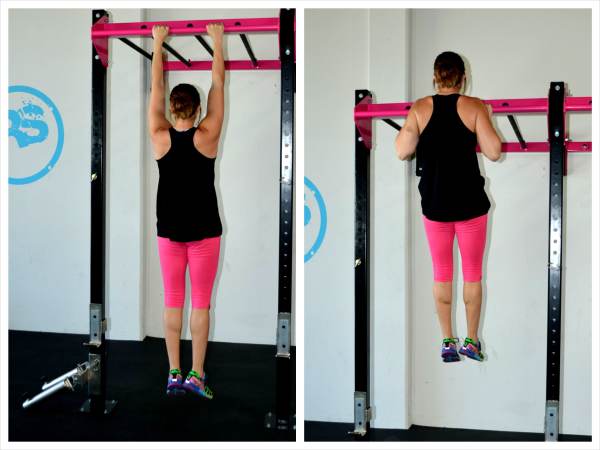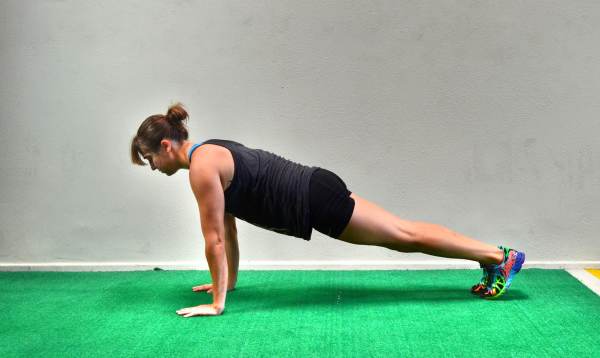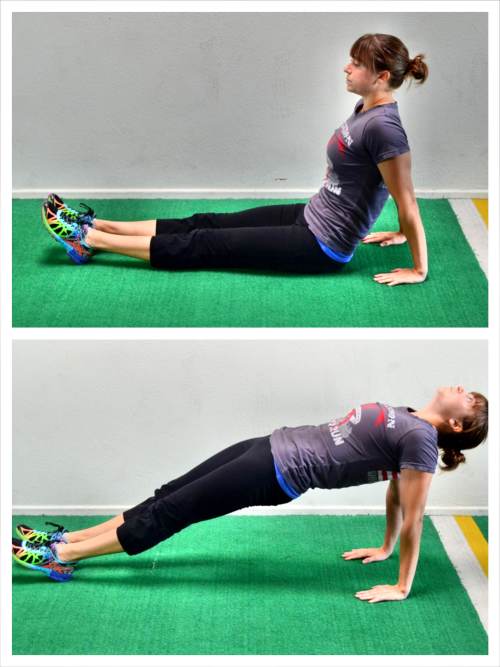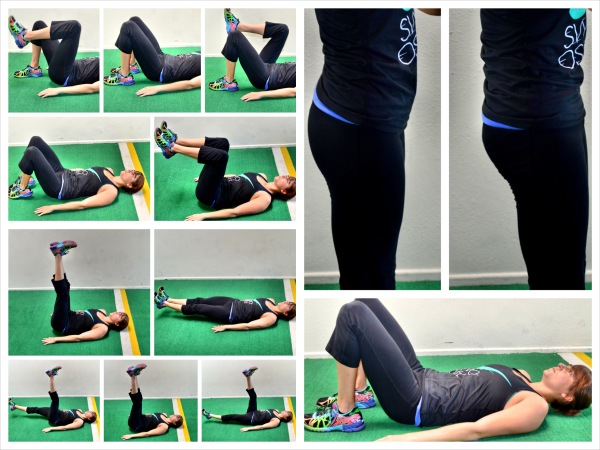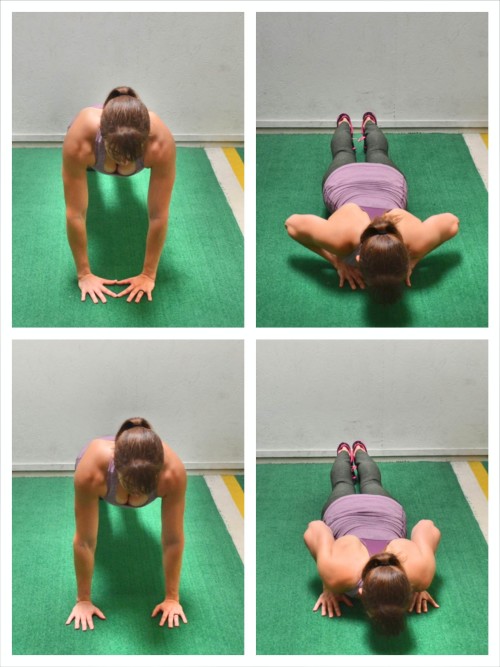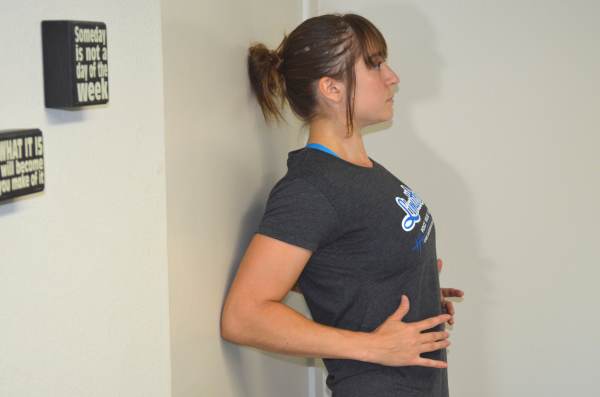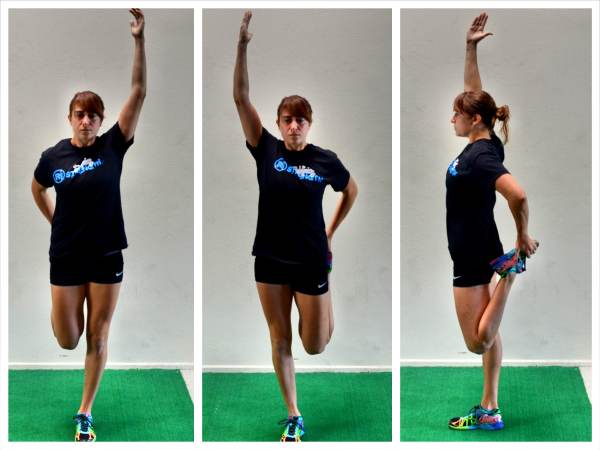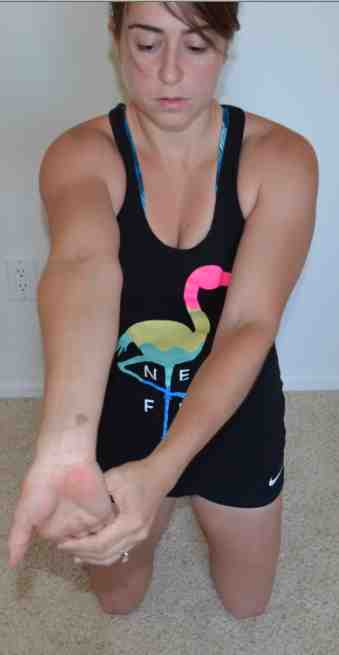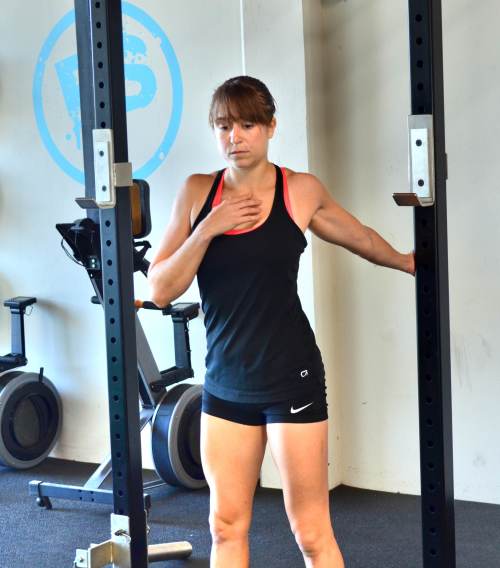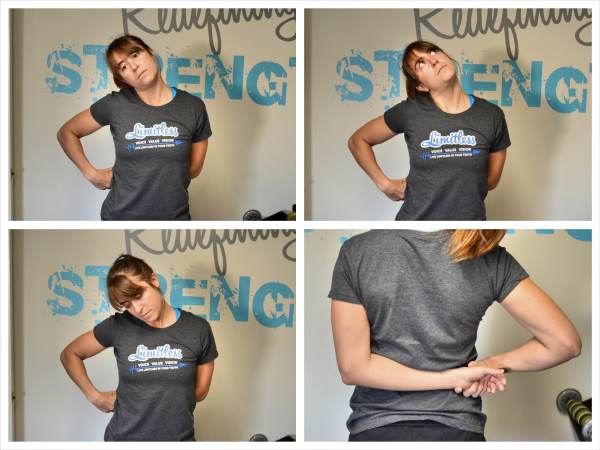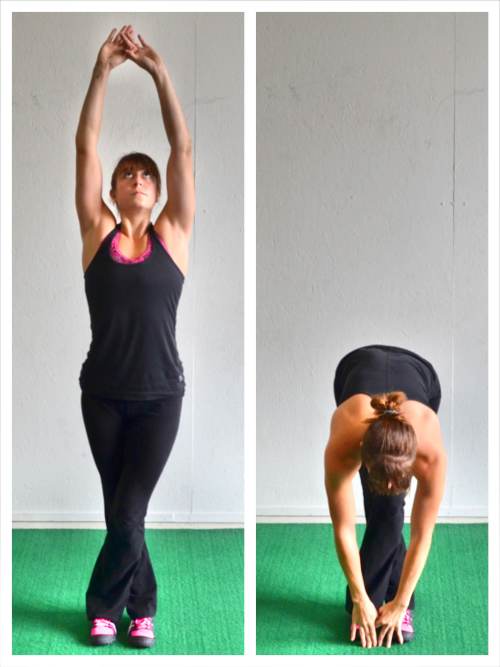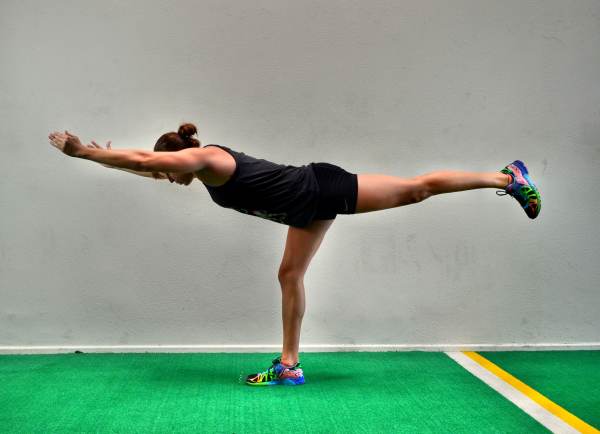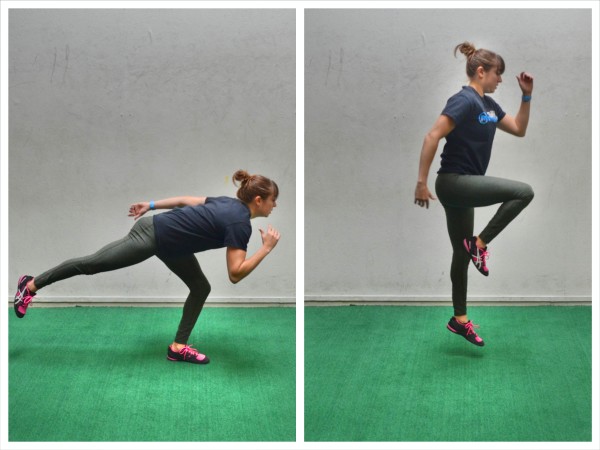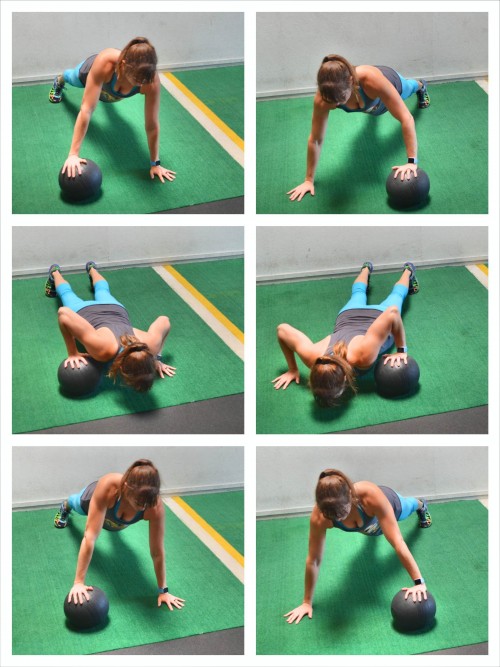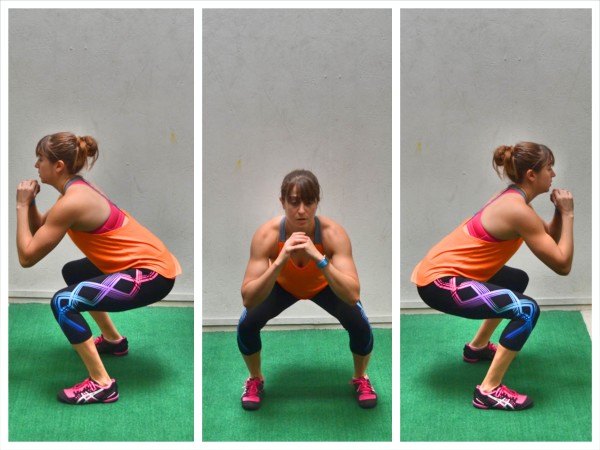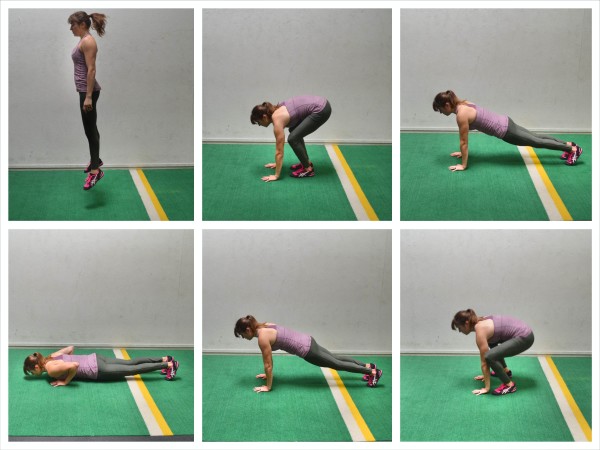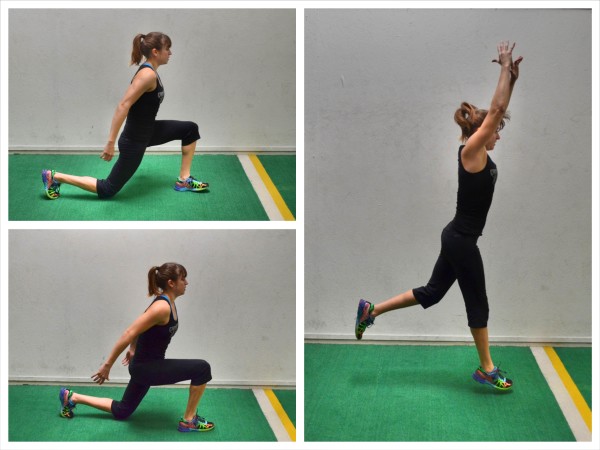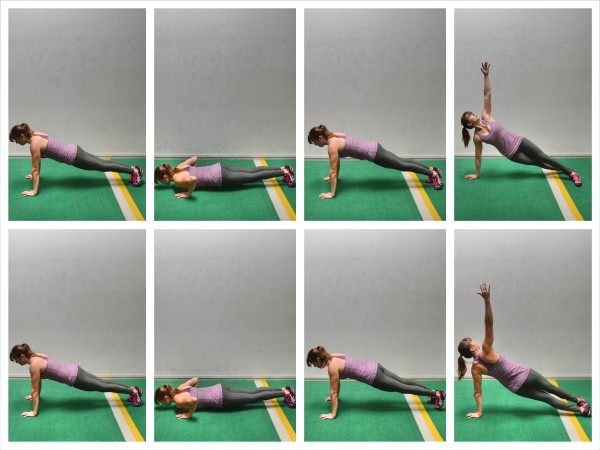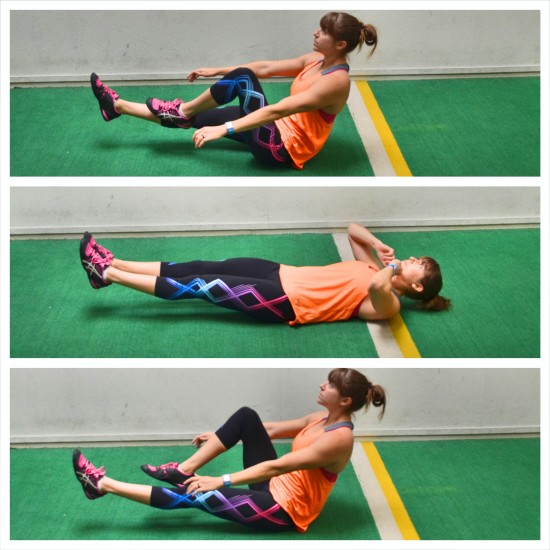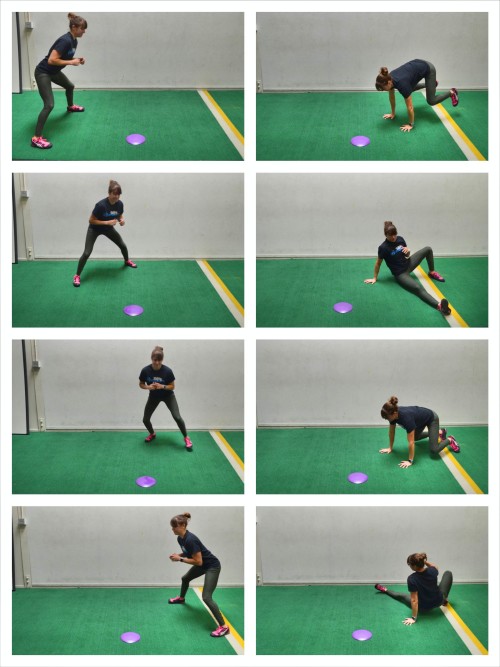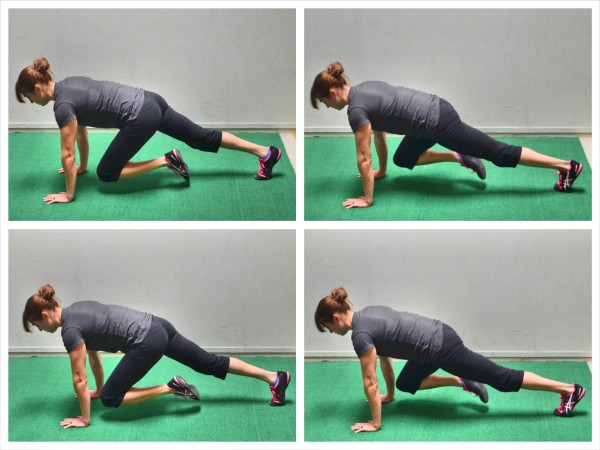
The Bodyweight Power Workout
WARM UP
Stretch and Roll Out:
Calves
Hamstrings
Quads
Groin
Hips/Glutes
Chest/Shoulders/Traps
Back/Lats
WORKOUT
The focus of this workout is Power. That means everything is done for short intervals and low reps, but done with high intensity. The movements are meant to be explosive and quick. You should give an all out effort for the quick interval and then rest until complete recovered, about 3-5 times the amount of time you worked.
Complete 5-8 rounds of each exercise before moving on to the next exercise. Rest up to 1 minute between exercises. Make sure to really challenge and push when you work and then recover fully.
EXERCISE #1:
5-8 reps Forward Jumps
Rest 3 to 5 times the time you worked
EXERCISE #2:
5-8 reps Plyo Push Ups
Rest 3 to 5 times the time you worked
EXERCISE #3:
10-12 second Sprint
Rest 30-60 seconds.
EXERCISE #4:
5-8 reps Pull Ups
Rest 3 to 5 times the time you worked
COOL DOWN
Stretch and Roll Out:
Calves
Hamstrings
Quads
Groin
Hips/Glutes
Chest/Shoulders/Traps
Back/Lats
NOTES:
For each exercise, you want to move quickly and do the hardest variation you can. We are training power, which means if you can’t move explosively or quick with any movement you need to rest longer or end your sets there. You do not want to train slowness.
If you are struggling to bust out reps of the pull ups or push ups, you need to regress the movement or lower the reps so you can do a few quick, challenging repetitions.
Do not allow yourself to move slowly with these movements!
EXERCISE DESCRIPTIONS:
Forward Jumps – To do Frog Jumps, set up in the hip hinge position with your arms reach down and back by your hips just like you would for the Jumps for Height. Sit your butt back with your knees slightly bent. Your chest will be leaning forward a bit as you sit your butt back. Make sure though that you don’t round forward. Then driving off your heels jump forward and up, extending your hips and swinging your arms forward and overhead to propel yourself forward. As you land, sink back into the hinge, bringing your hands back down. Focus on landing softly and sinking right back into the starting position. The quicker you land and then jump again, the harder the move will be because more core strength is required to keep you balanced with your momentum wanting to propel you forward. For all jump movements, beginners can start with a hip hinge movement in place instead of ever leaving the ground. A quick hip extension in place will train the movement pattern without any impact. Once you’ve mastered the motion, make the movement more explosive by coming up onto your toes. Then progress it further by small jumps off the ground. Make sure you’ve mastered the mechanics before really progressing the jump.

Plyo Push Ups – Beginners may start with Incline Plyo Push Ups or quick Push Ups off the ground if they can’t do a full plyometric push up from the ground.To do a Plyo Push Up, you will set up in a nice push up position with your hands outside your chest and your body in a nice straight line down to your heels with your feet together. Set up at the top of the push up with your arms locked out. Lower your chest down to the ground, keeping your body in a nice straight line from your head to your heels. Then push up quickly from the bottom of the push up, exploding up off the ground at the top. You can choose to clap your hands or just jump up off the ground with your arms straight. Keep a nice straight line with your body as you explode up. Try not to push your butt up in the air just to try to get higher off the ground. Force your core to really work and keep your body in a nice straight line. Come back down and quickly lower back down into the push up and repeat.
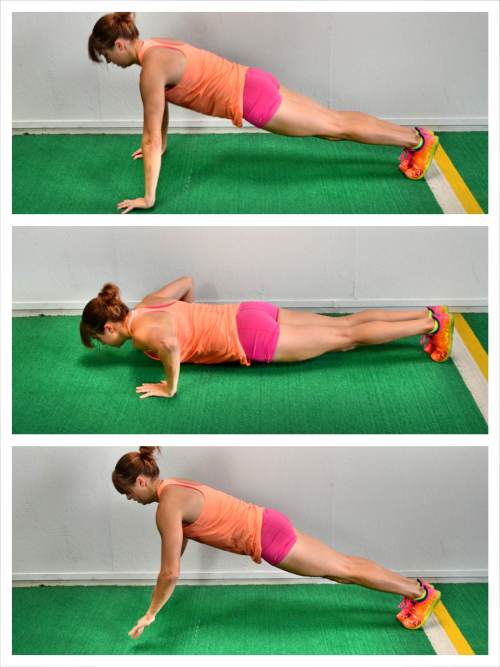
Beginners can do this explosive move with their hands up on a bench or bar or from their knees. They can even simply do a quick regular push up if they can’t keep their core tight when trying to leave the ground. Advanced exercisers may want to do plyometric variations to have some fun like decline plyo push ups or staggered stance or even a plyo push up shuffle.

Sprint – For the sprint, you can do this on a hill, in place, with a partner holding a resistance band or even on a piece of cardio equipment if you can’t, or don’t want to, run. If you do use a piece of cardio equipment instead of running, your best options are a Rower, Airdyne Bike or a VersaClimber. The Sprint should be an all out effort right from the beginning. If you are running, make sure your first step is forward.
Proper Sprinting mechanics if you are running:

Your arms should be bent to about 90 degrees (angle may change as they swing a bit) and the opposite arm and leg will work together. Your left arm will swing forward as your right leg is forward and as you drive through the right leg and your left knee comes forward, your right arm will swing forward. Make sure that you drive your elbows back and allow your core to rotate as your arms swing. Do not “chop vegetables” and just move your arms at the elbow. You actually want to drive the elbows back and swing your hands from cheek to cheek (from about your chin to your hip). Although your core will rotate as you sprint, do not over rotate your core and exaggerate the movement. You should also maintain a nice tall posture. You should never be rounded over even though at the beginning of your sprint (your “acceleration phase”) you may be leaning forward. Make sure to keep a nice even gait as you run. You don’t want too long or short a gait. Over-striding will cause improper mechanics and injury. Make sure with each stride that you are pushing forward and not just bouncing up and down. Also make sure that your knees aren’t caving in as you run and that your feet aren’t pronating. Your hip, knee and ankle should all be in line. If you are sprinting from a dead stop, you may also want to work on your start. Your first movement at the start should be forward. Many of us often step back before we go forward, but this is inefficient and won’t improve your first step speed (and when sprinting, first step speed is very important). Work on almost “falling” forward and make sure your first movement is forward.
Pull Ups – Hang from the bar with your palms facing away (you may also sub in chin ups or a neutral grip pull up). Press your chest out and draw your shoulder blades down and back. Then pull your chin up above the bar. Once your chin reaches above the bar, lower back down. Stay in control. Do not kip or swing. Make sure to move quickly without bouncing off the bottom. If you struggle to get your chin above the bar, you are done. Do not try to bust out those last few reps to failure. It is all about moving quickly and powerfully. You can also do plyometric pull ups or other challenging variations. Beginners may want to start with an Inverted Row or jumping pull ups if they can’t do full pull ups. Just choose a move that challenges you but allows you to move quickly. This is not the time for slow tempo reps or failure. For more details about pull up form and variations, check out our post about How To Do A Pull Up.
